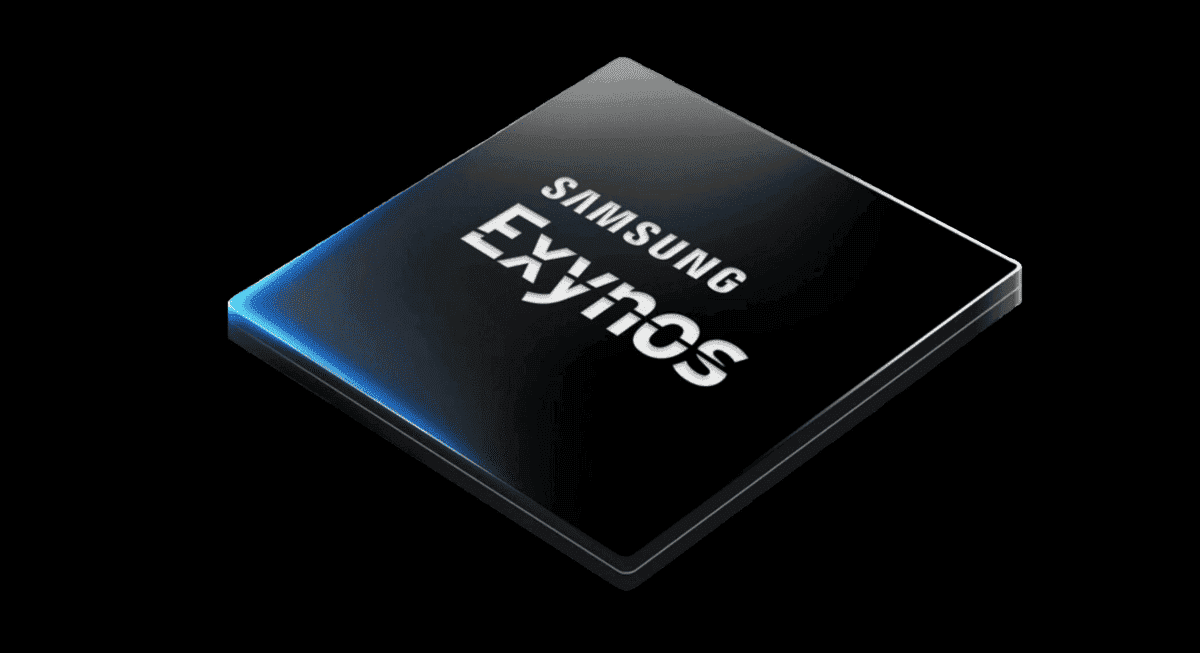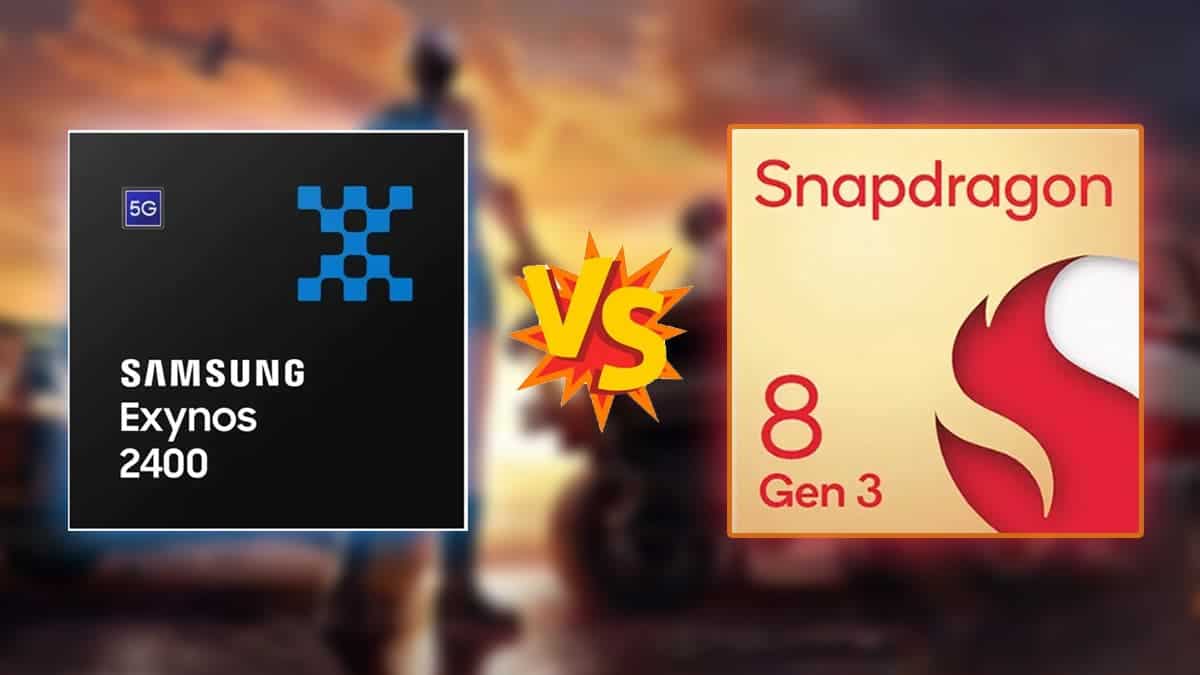Samsung’s Galaxy S series has consistently been a frontrunner in the premium smartphone market, offering cutting-edge technology and refined user experiences. As anticipation builds for the upcoming Galaxy S25 series, rumors and leaks paint a picture of a potential shift in Samsung’s strategy, particularly regarding the phone’s core processing power. This article delves into the speculations surrounding the Galaxy S25’s chipset, exploring the potential return of Samsung’s Exynos processors and its implications for both performance and cost.
The Future of Samsung’s Flagship: Unveiling the Potential of the Galaxy S25 Series

A Single Chip Strategy: Continuity or Change?
Following the approach adopted with the Galaxy S23 series, rumors suggest Samsung intends to equip the Galaxy S25 lineup with a single chipset across all models. This streamlined approach simplifies production and potentially reduces costs. However, the crucial question remains: which chipset will Samsung choose?
The Exynos Conundrum: Overcoming Production Hurdles
Traditionally, Samsung has utilized two primary chip providers: Qualcomm’s Snapdragon processors and its in-house Exynos line. Recent reports indicate Samsung’s desire to reintroduce Exynos chips into the Galaxy S25 series. This move is likely motivated by a potential cost advantage associated with Exynos processors compared to their Qualcomm counterparts.
However, this ambition faces a significant obstacle: production efficiency issues plaguing Exynos chips. Earlier iterations have struggled with lower production yields, resulting in limited availability and potentially impacting performance. To address this challenge, reports suggest Samsung is actively working to improve its manufacturing process, aiming to achieve a 60% yield rate by the third quarter of 2024.
The Qualcomm Alternative: A Reliable but Potentially Costly Choice
While Samsung strives to improve Exynos production, the current situation suggests the Galaxy S25 series might rely on Qualcomm’s Snapdragon 8 Gen 4 chip. This processor is expected to deliver superior performance compared to its predecessor, the Snapdragon 8 Gen 3. However, this performance boost may come at a price – the Snapdragon 8 Gen 4 is anticipated to be significantly more expensive than its earlier iteration. This price hike could translate into higher production costs for Samsung, potentially impacting the final price point of the Galaxy S25 series for consumers.
The Exynos Gambit: Balancing Cost and Performance
Samsung’s potential return to Exynos chips presents a strategic gamble. If successful in resolving production bottlenecks and achieving a high yield rate, Exynos processors could offer a cost-effective solution while maintaining competitive performance. This approach would be particularly advantageous in a fiercely competitive smartphone market where brand loyalty is constantly tested by innovation and affordability.
The Unanswered Questions: A Glimpse into the Future
Several key questions remain unanswered regarding Samsung’s final decision and its implementation. Will Samsung utilize Exynos chips in all Galaxy S25 models, or will it be reserved for specific variants? How will the potential cost disparity between Exynos and Qualcomm processors affect regional pricing strategies?
Beyond the Chipset: A Look at Other Potential Enhancements
While the chipset selection is a central focus, the Galaxy S25 series is expected to boast a range of other improvements. Rumors suggest potential upgrades to camera systems, with the Galaxy S25 Ultra possibly receiving a significant 200MP main sensor. Display technology is also expected to see advancements, with speculations hinting at the adoption of even higher refresh rates for a smoother user experience.
The Road Ahead: Speculation and Anticipation
The Galaxy S25 series continues to be shrouded in a veil of anticipation. While rumors and leaks provide valuable insights, definitive details remain undisclosed by the company. As the official unveiling approaches, the industry awaits to see how Samsung navigates the challenges of chipset selection, balancing cost efficiency with cutting-edge performance. The success of this strategy will significantly influence the Galaxy S25’s market positioning and its ability to compete with other premium smartphone offerings.
The Final Word: An Invitation to the Discussion
The potential return of Exynos chips and the implications for the Galaxy S25 series spark a thought-provoking discussion. Will Samsung be able to overcome production hurdles and re-establish Exynos as a viable competitor in the high-end mobile processor market? Will the potential cost advantage of Exynos translate into more affordable pricing for consumers? Share your thoughts and predictions in the comments section below. As we inch closer to the official announcement, let’s continue the conversation about the future of Samsung’s flagship smartphone series.

A Deeper Dive: Examining the Technical Landscape and Market Dynamics
The decision surrounding the Galaxy S25’s chipset extends beyond immediate cost considerations. Let’s delve deeper into the technical landscape and market dynamics that influence Samsung’s strategy.
The Evolving Chipset Landscape: Fabrication Processes and Performance Gains
Modern smartphone chipsets are marvels of engineering, integrating billions of transistors onto a tiny silicon wafer. The manufacturing process for these chips is incredibly complex, with each generation aiming for smaller transistor sizes (measured in nanometers, nm). Smaller transistors allow for more transistors to be packed onto a single chip, leading to increased processing power and improved energy efficiency. However, transitioning to a smaller fabrication process presents significant challenges.
The 3nm Gamble: Potential Benefits and Challenges
Rumors suggest the Snapdragon 8 Gen 4 might be built on a 3nm fabrication process, a significant leap from the expected 5nm process of the Exynos chip. While this promises substantial performance gains, it also presents potential risks. Newer fabrication processes often experience lower yields initially, meaning a higher percentage of chips become unusable during production. This can translate to higher costs for manufacturers like Samsung, impacting profit margins or necessitating price hikes for consumers.
Beyond Benchmarks: Evaluating User Experience
While raw processing power is a crucial factor, it’s not the sole determinant of user experience. Software optimization plays a vital role in maximizing a chipset’s capabilities. Samsung has a proven track record of optimizing its software for its Exynos processors, ensuring smooth performance and efficient battery life. This software expertise could potentially mitigate any performance shortcomings between the Exynos and Snapdragon chips in real-world usage scenarios.
The Market Battlefield: Competition and Consumer Preferences
The smartphone market is a fiercely competitive landscape, with brands constantly vying for consumer attention. Apple’s A-series processors consistently rank among the top performers, while other manufacturers like MediaTek offer competitive mid-range solutions. Samsung needs to strike a balance between delivering flagship-worthy performance and maintaining a competitive price point to attract consumers.
Regional Variations: A Complex Pricing Strategy
Historically, Samsung has utilized a regional approach to chipset selection. Some regions, like the United States, have traditionally received Galaxy S models equipped with Qualcomm processors, while others received Exynos variants. This strategy might continue with the Galaxy S25 series. The final decision likely hinges on factors such as production yields, regional pricing strategies, and carrier partnerships.
The Future of Innovation: Beyond Traditional Silicon
The future of mobile processors extends beyond traditional silicon-based designs. Technologies like neuromorphic computing and on-device machine learning are gaining traction. Samsung has actively invested in these areas, and the Galaxy S25 series could potentially showcase advancements in these fields, further differentiating it from competitors.
Conclusion: A Calculated Decision with Lasting Implications
Samsung’s choice of chipset for the Galaxy S25 series is a strategic decision with far-reaching consequences. It will impact not only the performance and cost of the phone but also Samsung’s long-term position in the mobile processor market. By carefully considering factors like production efficiency, software optimization, market competition, and technological advancements, Samsung can make an informed choice that secures the Galaxy S25 series’ position as a compelling offering in the premium smartphone market.





